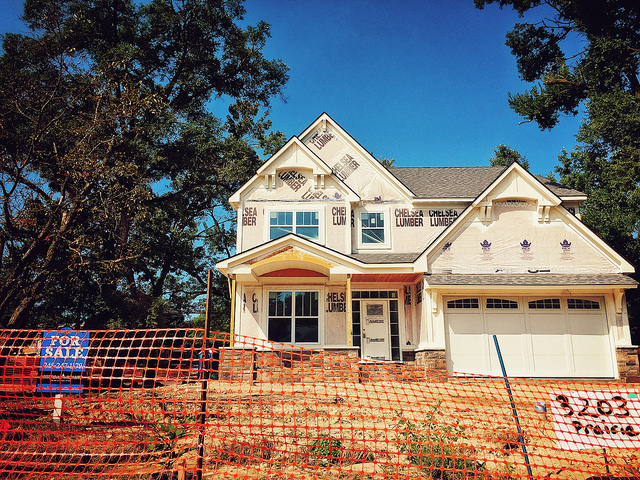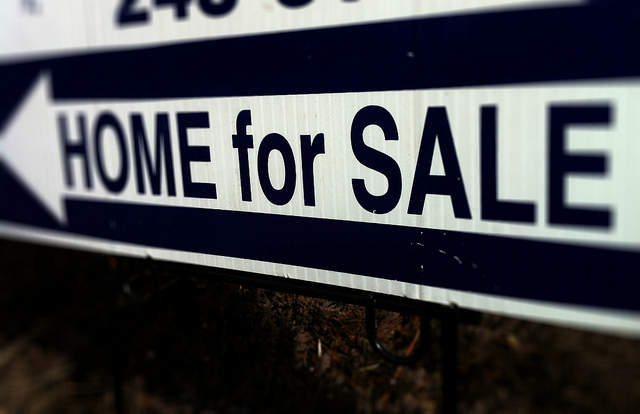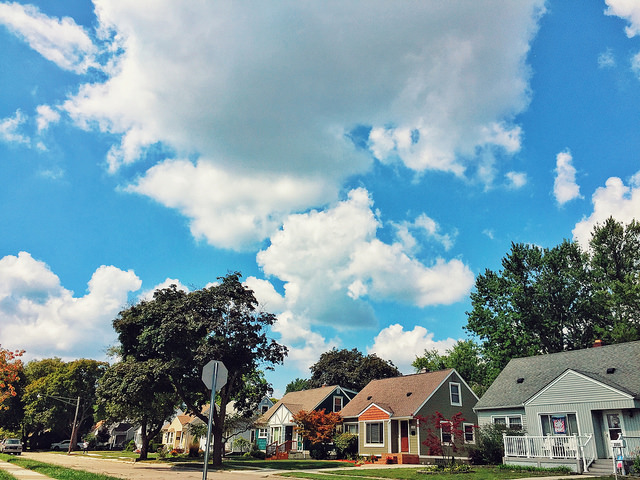The market for newly built single-family homes is an important barometer for the health of the overall housing market. Where new homes are being bought and sold, home prices and inventory levels are usually more balanced and home buyers have more choices. For that reason, the National Association of Home Builders tracks how builders perceive the market now and what their expectations are for the coming months. In September, the NAHB’s Housing Market Index found builder confidence down slightly from the month before, though it remains at a high level. According to NAHB chairman, Granger MacDonald, the recent hurricanes may have something to do with the decline. “The recent hurricanes have intensified our members’ concerns about the availability of labor and the cost of building materials,†MacDonald said. “Once the rebuilding process is underway, I expect builder confidence will return to the high levels we saw this spring.†Regionally speaking, the NAHB’s survey found that the West and Northeast have seen confidence levels rise over the past three months, while the Midwest and South have experienced slight declines. More here.












